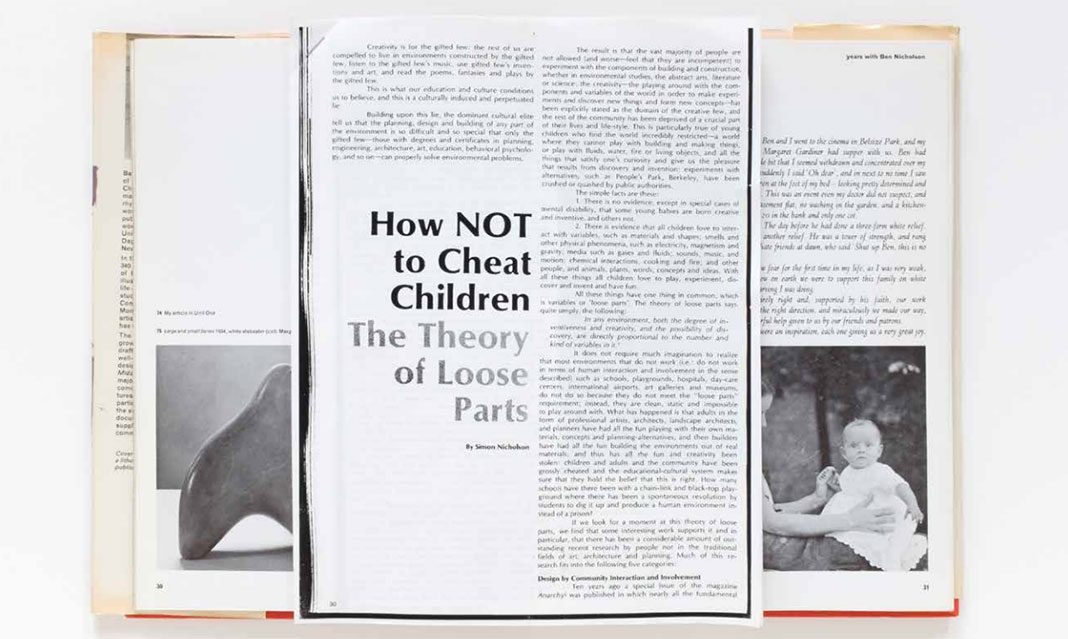“The Let Down Reflex: Addressing the Spaces of Art, Labour, and Parenthood” held at the E-Gallery explores the demanding work life of particularly budding artists. Specifically, the exhibit aims to drawn attention to issues of accessibility surrounding the work demands placed upon artists who have families.
“The machinations of the art world favour players who either do not have family responsibilities or have the means to assign familial duties to others (whether through paid assistance or the constant unpaid labour of a partner),” read the pamphlet given out at the exhibits, summing up the dilemma facing artists with families.
The setup of the exhibit is minimalistic. Strobe lights flash on to the few square cloths that are hung from the ceiling. These square cloths are stamped with feminist-leaning slogans catering to the art world. One slogan reads, “Put the mom in MoMA,” making reference to the Museum of Modern Art based in New York City. Another slogan reads, “Liberté, egalité, and maternité”—a direct reference and parody of the motto of the French Revolution, which instead emphasized “fraternité.” I thought that these popular culture references, with a twist, were humorous ways to introduce the dilemma to the art-goer. Humour, especially with an underlying message, disarms the viewer or receiver well-enough so that the intended message can sink in. In this case, this strategy was employed effectively; the slogans were playfully subtle, and when I read them, the humorous effect hit me first and then I internalized the political messages after.
Besides these slogans, the exhibit had two television screens hanging on adjacent walls with two headphones, allowing art-goers to listen in to two audio tracks. I sat down to listen to an audio track with a mishmash of noises made by children—I heard noises of babies crying, gurgling, and mothers talking softly to their children. While listening to this audio track, the television screen in front of me displays a first-person view of a city with kaleidoscope transitions to the city as rain begins to fall. Frankly, I thought this experience was confusing to unravel since I failed to see the connection between my visual and audio experience. Perhaps the disconnect between these two experiences is intentional, but I acknowledge that if this is so, I failed the grasp the profundity of it.
The second television screen and subsequent audio track was interesting to experience. The track itself featured interviews with unspecified artists and their family members and the visuals on the screen reflected this. This made for a much more coherent and understandable experience.
In one of the interviews, a male voice stated that children seemed “in tune” with art in the sense that they “understand [art] immediately in such a way that as a professional is hard to attain.” He goes on to say that when children are asked for their opinions of artworks, the answers given are natural and genuine. He attributed this to the malleability of children, who are at a stage of learning, while adults are less impressionable. I thought these personal anecdotes relating to the art world and family life were particularly insightful. It gave viewers like me a first-person understanding of the interaction between children and art that dense academic articles on the subject cannot provide. There is something about hearing the stories of these artists, from the lips of these artists themselves, that goes beyond an intellectual understanding of their dilemma and into an emotional connection.
In an email to The Medium, I asked Amber Berson and Juliana Driever, the curators of the exhibit, what they thought the significance of the exhibit was: “The significance of the show is that it a model of crucial support to parents and others who don’t have equal access to the offers of cultural venues and advocates for those typically denied a place in these spaces,” said Berson and Driever, referencing related event “A Day of Affectionate Actions.” “’The Let Down Reflex’ is an invitation to initiate the changes each individual wishes to see in the communities they associate with,” they continued.
“The Let Down Reflex: Addressing the Spaces of Art, Labour, and Parenthood” ran from October 16 to November 4.




The “Egalité, liberté, maternité” is actually the title of a performance by Mexican feminist art group Polvo de Gallina Negra back in 1987, when we were doing work on the complications of being feminist artists as well as mothers of young children. I wonder if there is a reference in the exhibition to this or if it is just a “coincidence”.